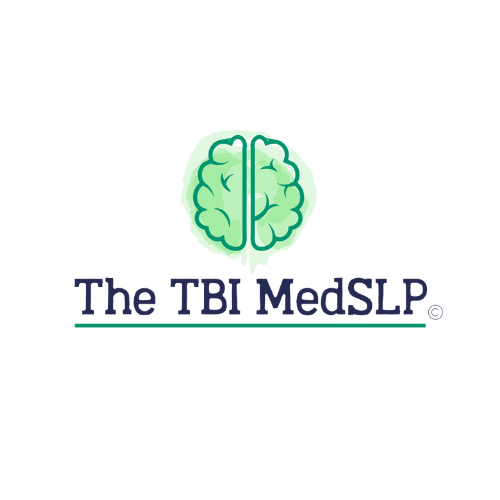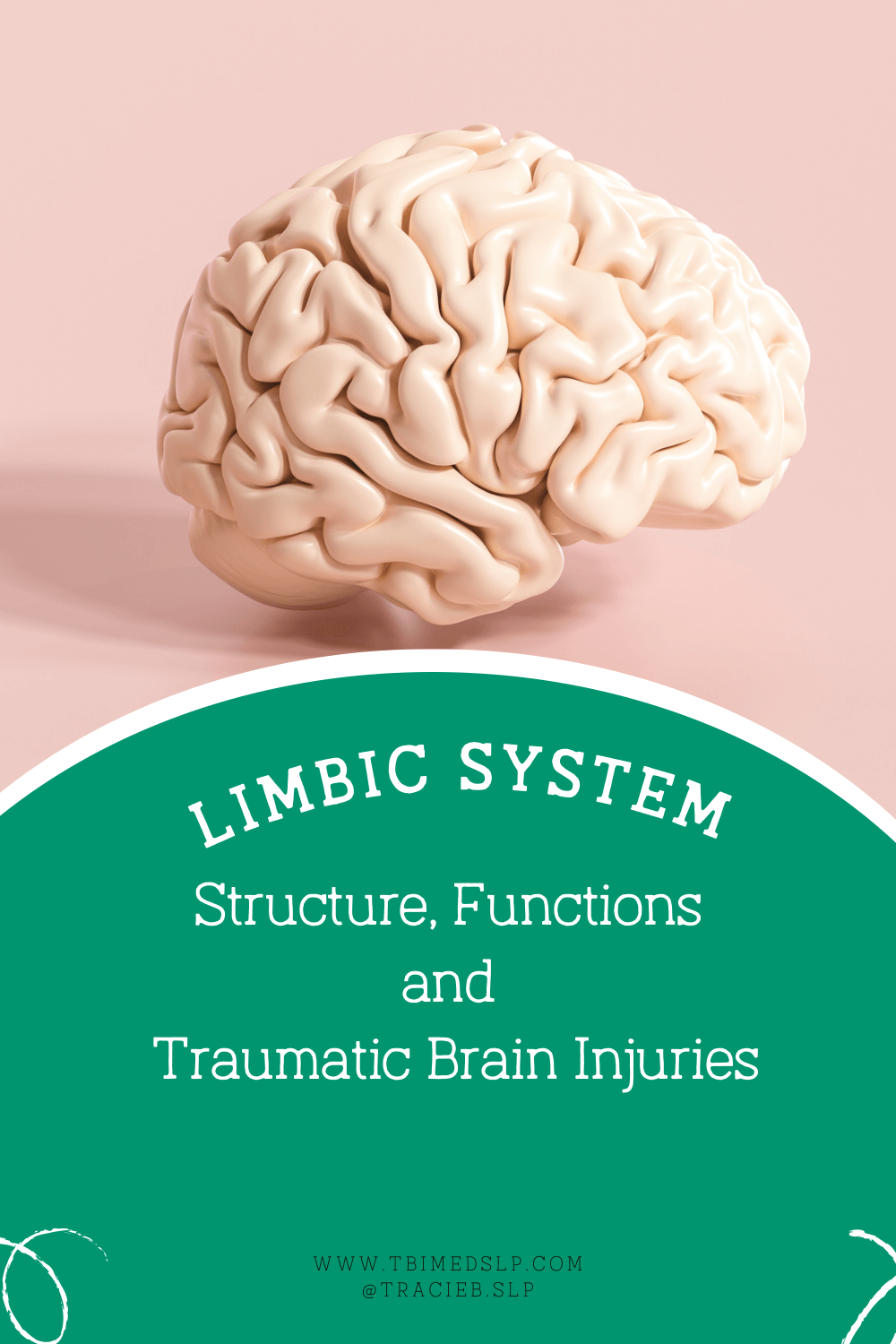The Limbic System: Structure, Function, and Impact of a Brain Injury
The human brain is a marvel of complexity, and deep within it lies a crucial structure known as the limbic system. Think of it as the brain's emotional command center, responsible for regulating our emotions, memory, and some of our basic instincts. It's not a single entity but a network of interconnected regions. This article will take you on a journey to explore the structure, function, and location of the limbic system and how it can be affected by traumatic brain injuries.
Structure and Location of the Limbic System
The limbic system is a collection of structures in the brain that are located on the side of the thalamus, underneath the cerebral cortex, and above the brainstem. The limbic system is made up of several key components, including the amygdala, hippocampus, thalamus, hypothalamus, and the cingulate gyrus. These regions work together to process and manage our emotional responses, memories, and even some of our body's vital functions. They are interconnected in a way that allows them to communicate and influence each other.
Functions of the Limbic System
The limbic system plays a critical role in our daily lives. There are 5 main parts of the limbic system: the amygdala, hippocampus, thalamus, hypothalamus, and the cingulate gyrus. Their essential functions and roles in our brain are listed below:
Amygdala: Regulation of autonomic and endocrine systems. Decision making. Instinctive and motivational behaviors.
Hippocampus: Responsible for long-term memory formation and memory retrieval. It also plays a role in spatial memory. This allows individuals to keep track of where objects are and the position of their body relative to the objects around them.
Thalamus: Relays sensory and motor signals to cerebral cortex. Regulates sleep, wakefulness, and alertness.
Hypothalamus: Helps manage your body temperature, blood pressure, hunger and thirst, mood, sex drive, sleep, and feeling of fullness after eating.
Cingulate Gyrus: involved in processing emotions and behavior regulation. It also helps to regulate autonomic motor function.
The Limbic System and Traumatic Brain Injury
The limbic system's location deep within the brain means it is relatively well-protected by the skull. However, it is not immune to injury. Traumatic brain injuries (TBI) , such as concussions or more severe head trauma, can disrupt the normal functioning of the limbic system. The force of impact can cause damage to the delicate neural connections, leading to a range of emotional and cognitive issues. Also, hyperexcitability in the neural circuitry following a TBI may lead to post-traumatic epilepsy.
When a person experiences a threat, it activates their action brain, the limbic system. Their body goes into survival mode, including the “fight or flight” response. This means a significant release of adrenaline, cortisol and other neurochemicals to make sure they get away from the threat in any way possible. When the limbic system is affected by a traumatic brain injury, the consequences can be profound. Individuals may experience emotional disturbances, such as heightened anxiety, depression, or mood swings. Following a TBI, a patient may also experience hormonal imbalances, such as the inability to feel hungry or the inability to feel full after eating an entire meal. Memory and cognitive problems can also be present, as the hippocampus struggles to form and retrieve memories.
Conclusion: Guarding Our Emotional Core
In conclusion, the limbic system is an integral part of our brain that governs our emotions, memories, and more. While it’s well-protected within the skull, traumatic brain injuries can still pose a threat to its normal functioning. Understanding its structure, function, and vulnerability helps us appreciate the importance of brain safety and the need for prompt medical attention in cases of head trauma. Protecting our emotional core is essential for maintaining a healthy and balanced life.



